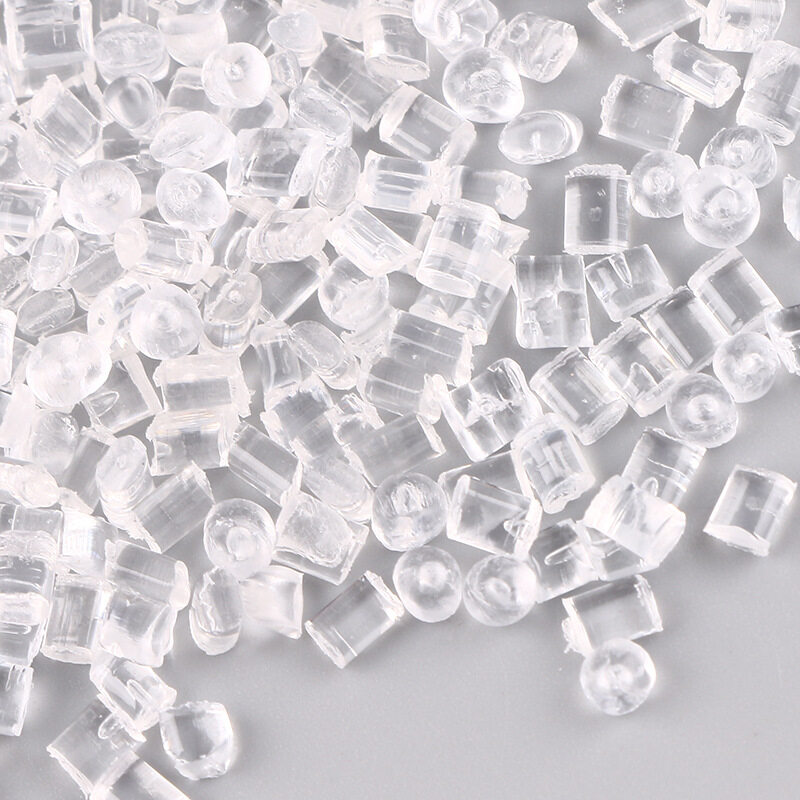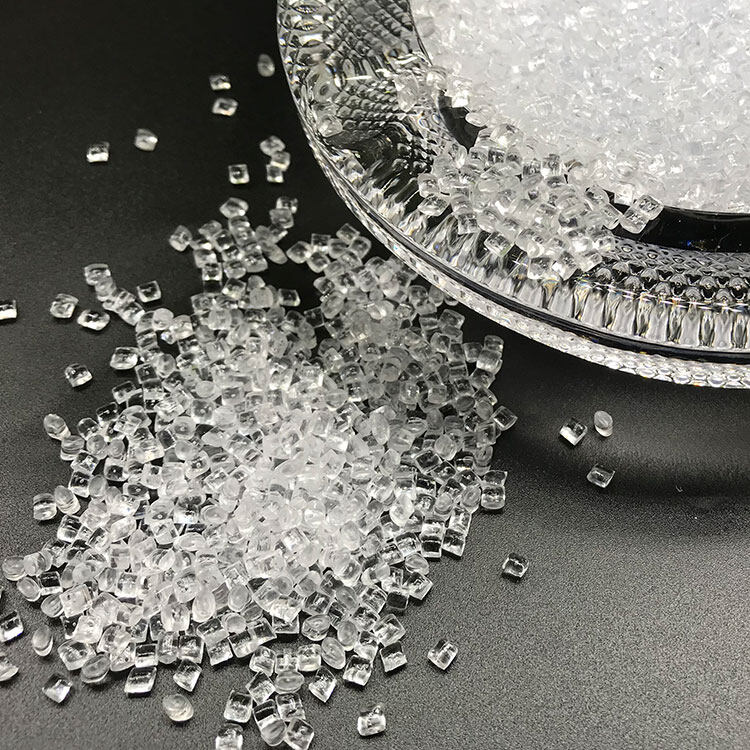Email format error
Email cannot be empty
Email already exists
6-20 characters(letters plus numbers only)
The password is inconsistent
Email format error
Email cannot be empty
Email does not exist
6-20 characters(letters plus numbers only)
The password is inconsistent

Offer Technical Support and Customized Solutions
The company is committed to creating new and improved plastic materials to meet the evolving demands of the market.

Addressing Internal Stress in PC Plastic Products: A Comprehensive Guide
Introduction:
Polycarbonate (PC) materials boast excellent comprehensive performance, making them a common choice for various products in our daily lives. However, the injection molding process of PC plastics often leads to the generation of internal stress. This phenomenon can significantly impact the quality and durability of transparent products like sunglasses, windshields, and eye masks, causing deformation, light scattering, poor transparency, or even cracking. In this blog post, we delve into the root causes of internal stress in PC plastic products and offer practical solutions to mitigate this issue effectively.
Understanding the Root Causes of Internal Stress:
Orientation Stress and Temperature Stress: The primary factors contributing to internal stress in PC products are orientation stress and temperature stress, sometimes exacerbated by improper demolding techniques.Thickness Variation: The thickness of the product influences internal stress, with orientation stress decreasing as the product thickness increases.
Temperature Differential: During injection molding, significant temperature differences between the melt and mold result in uneven cooling, leading to non-uniform stress distribution within the product.
Product Geometry: The shape and size of the product also play a crucial role in internal stress development. Products with higher surface area to volume ratios experience faster cooling, amplifying orientation and temperature stresses.
Inherent Limitations: Due to the structural characteristics of plastics and constraints in injection molding processes, it's challenging to completely eliminate internal stress. However, strategies can be employed to minimize or distribute it evenly across the product.
Effective Solutions to Combat Internal Stress:
Optimize Injection Temperature: Adjusting the injection temperature significantly impacts internal stress. Increasing barrel temperature ensures proper material plasticization, leading to reduced shrinkage and internal stress.Control Mold Temperature: Higher mold temperatures coupled with lower injection pressures help alleviate internal stress. Keeping the holding pressure time minimal also aids in stress reduction.
Manage Injection Rate: Variable-speed injection, starting with rapid mold filling followed by a switch to lower speeds, minimizes internal stress by reducing weld lines and molecular orientation.
Enhance Demolding: Increasing the demolding draft angle facilitates smoother ejection, mitigating stress concentrations.
Utilize Post-Mold Heat Treatment: Heat treatment at around 120°C for approximately 2 hours helps alleviate internal stress effectively.
Optimize Process Parameters: Adjusting barrel and nozzle temperatures and optimizing mold temperature help reduce the influence of cold material and minimize stress.
Fine-Tune Injection Parameters: Slowing down the injection rate and increasing injection pressure prevent melt fracture and gas interference inside the mold.
Design for Mold Venting: Effective mold venting ensures proper air evacuation during molding, reducing internal stress.
Material Considerations: Ensure material cleanliness, enhance drying processes, and minimize the use of mold release agents to prevent contamination-induced stress.
Conclusion:
Addressing internal stress in PC plastic products is essential for ensuring product quality and performance. By understanding the root causes and implementing effective solutions, manufacturers can produce high-quality PC plastic products with minimal internal stress, meeting the demands of diverse applications in various industries.

